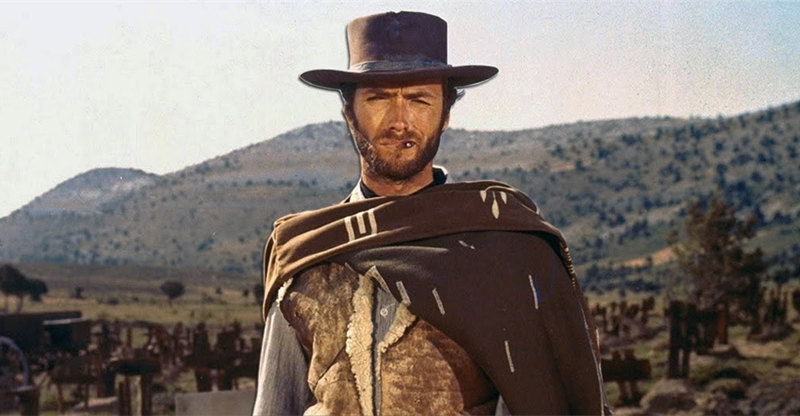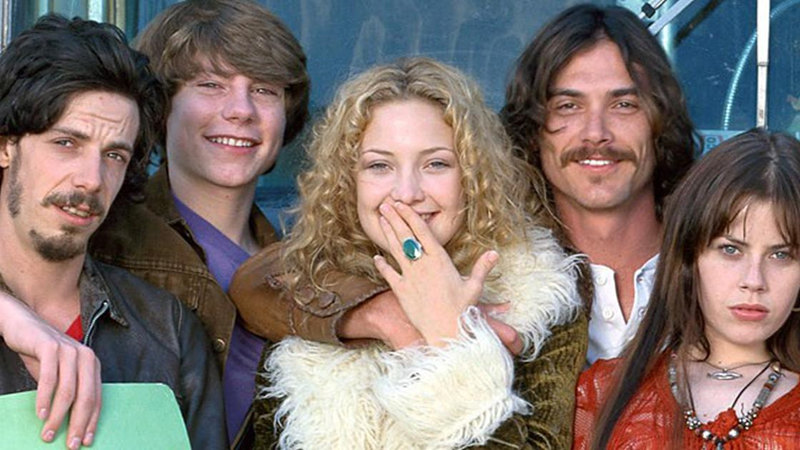Baby Boomers will fondly recall Disney’s True-Life Adventures, a series of short films and full-length features that introduced viewers to the seals of “Seal Island” (1948), the beavers of “Beaver Valley” (1950), and “Perri” the flying squirrel, who in 1957 seemed cute as a pet and one of the family. All totaled, Disney made 13 True-Life Adventures, and eight of them won Oscars. Yet, for whatever reason, Disney got out of the nature photography business.
But after seeing how lucrative the field had become, with BBC and PBS cinematographers taking the genre to new heights, Disney rose to the challenge again with “Disneynature: Earth” (2007), “Disneynature: Oceans” (2010), “Disneynature: Crimson Wing – The Mystery of the Flamingo,” Disneynature: African Cats” (2011), and “Disneynature: Pollen.” With their reentry they managed to reach the same level of cinematography as the competition, but struggled to find a voice and point of view.
With “Disneynature: Chimpanzee” (2012), Disney opted to go back to the same point-of-view voiceover narration that made those early True-Life Adventures so popular. Like “Perri,” this new documentary zeroes in on a single animal, anthropomorphizes it by attributing human qualities, and tells the story of a species through the adventure of that single creature.
In this case, cinematographers Martyn Colbeck and Bill Wallauer—both veterans of the “Nature” TV series that ran from 1996-2001 and which included an episode on “Jane Goodall’s Wild Chimpanzees”—spent three years filming in Taï National Park in Cote d’Ivoire, one of the last rainforests in West Africa. They captured mostly average footage of chimps until an extraordinary opportunity fell into their laps. Two rival groups of chimpanzees, led by two different alpha males, fought over territory rich in food and one of the chimps from the group they were filming died.
And so in this simian, true-life version of “Bambi,” a juvenile loses its mother and is taken under the wing of the alpha male. Baby Oscar is the focus, as the narration by Tim Allen constantly reminds us.
What makes this film extraordinary is that wild chimpanzees are very wary of humans and tend to behave cautiously and unnaturally if they sense a human presence, and that while scientists suspected such things might happen in the animal kingdom, this is the first time that filmmakers have been able to document it. We see all of the other chimpanzee mothers and family units baring their teeth and driving poor little Oscar away. As a last resort, the little guy, losing weight and needing someone to “groom” him (to pick off ticks, lice, etc., in order to keep him healthy) and teach him how to survive in the rainforest, approaches an alpha male that the Disney filmmakers call Freddy. First, Freddy doesn’t drive him off. Then, he lets him tag along. We watch as the progression continues, with Freddy eventually taking over the role of mother.
Does it hurt his alpha male standing, this emergent feminine side? Will it hamper his ability to lead his group of chimpanzees in battle again, should a group led by Scar (yeah, it’s Disney) decide to invade their territory again?
In addition to close-ups and medium shots of the chimps, there are plenty of aerial shots of the waterfalls and lush canopy of the rainforest. In HD, it all looks so beautiful that it’s hard to believe places like this exist. If I had a complaint it would be only this: that the film seems to end abruptly, and captures a relative moment in the life of young Oscar, rather than a full-life cycle or even an extended season. It raises unanswered questions about how he might fare as an adolescent, or whether his “fast track” upbringing under the tutelage of Freddy also puts him on the fast track to being an alpha male himself one day.
Still, I think that Disney finally found a voice for this series, and they did it by going back to what made them successful in the first place.
Video:
“Disneynature: Chimpanzee” is presented in “enhanced” 1.78:1 aspect ratio, transferred to a 50GB Blu-ray disc using the AVC/MPEG-4 codec. It’s a pristine transfer, with no ghosting or artifacting. Colors are densely saturated, and the level of detail is strong. Hairs on the chimps, patches of gray, the skin folds themselves . . . all of it, right down to minutiae, is sharp and detailed, with enough edge delineation to give depth to the field. The picture fills the screen, which Disney seems to want to do lately.
Audio:
The featured audio is an English DTS-HD MA 5.1 “Original Theatrical Mix,” which upconverts to 7.1 if your system allows it. I was surprised, though, that the surround sound channels weren’t more active, given the immersion in the jungle. Much of the sound is spread across the front main and center speakers, with an occasional crack of a stone on a nut shell coming from the sides. Also an option are a Standard DTS Home Theater Mix, French and Spanish Dolby Digital 5.1 tracks, and an English 2.0 DVS. Subtitles are in English SDH, French and Spanish.
Extras:
This combo pack includes a DVD of the film and several bonus features. Chief among them is “On Location: The Making of Chimpanzee,” which shows the hurdles that the cinematographers had to overcome. Other than that, there’s an extended PSA on “Chimpanzee: Save Chimpanzees,” two more eco-PSAs on Disney’s Friends for Change and Disney’s Conservation Legacy, a “Rise” music video by McClain Sisters, and a behind-the-scenes featurette about the filming of that music video. The main documentary is worthwhile, but the other features didn’t do much for me.
Bottom line:
If there were any doubts that Disney could be a player again in the documentary nature film genre, those doubts were laid to rest with “Disneynature: Chimpanzee,” which had the highest grossing opening weekend for any nature documentary.


